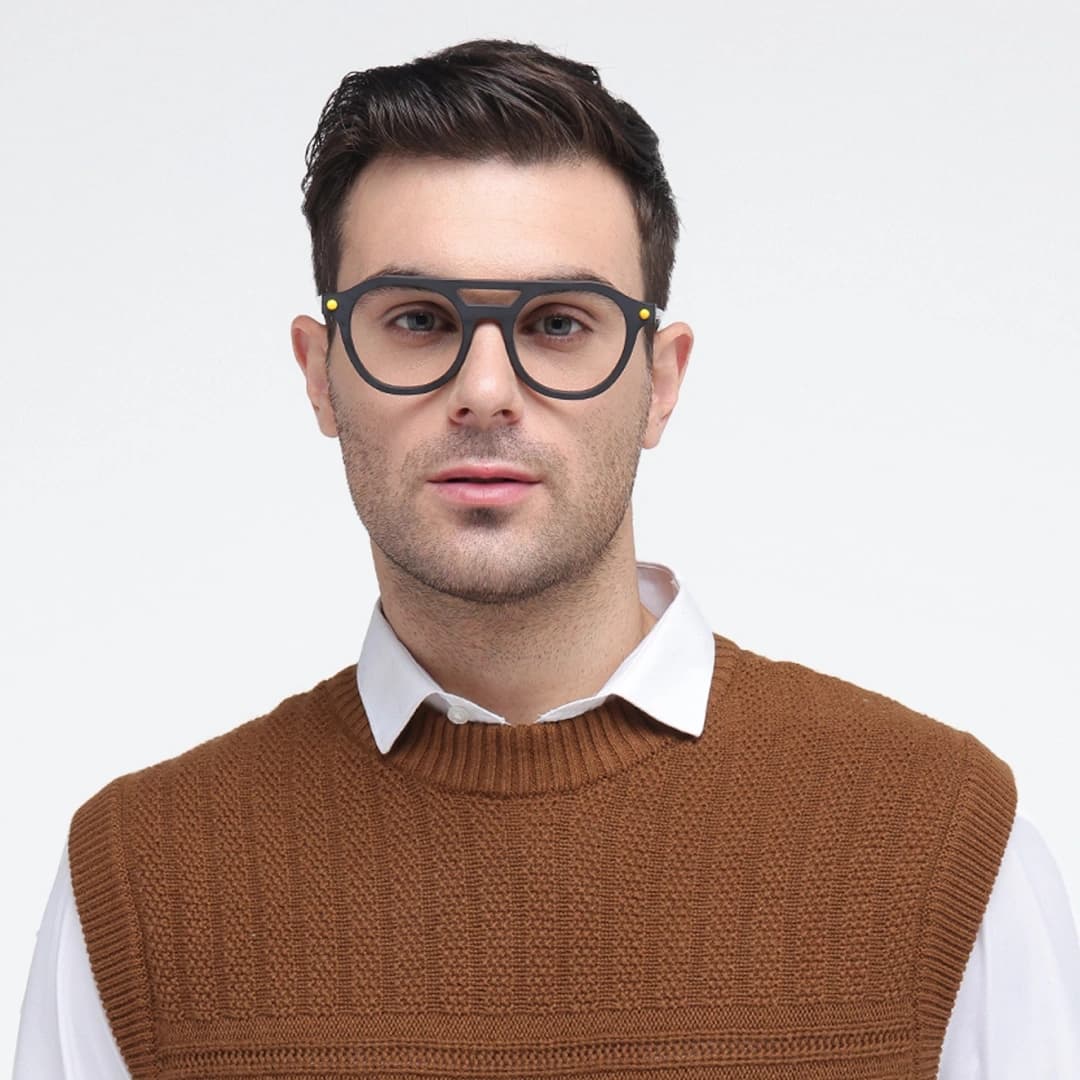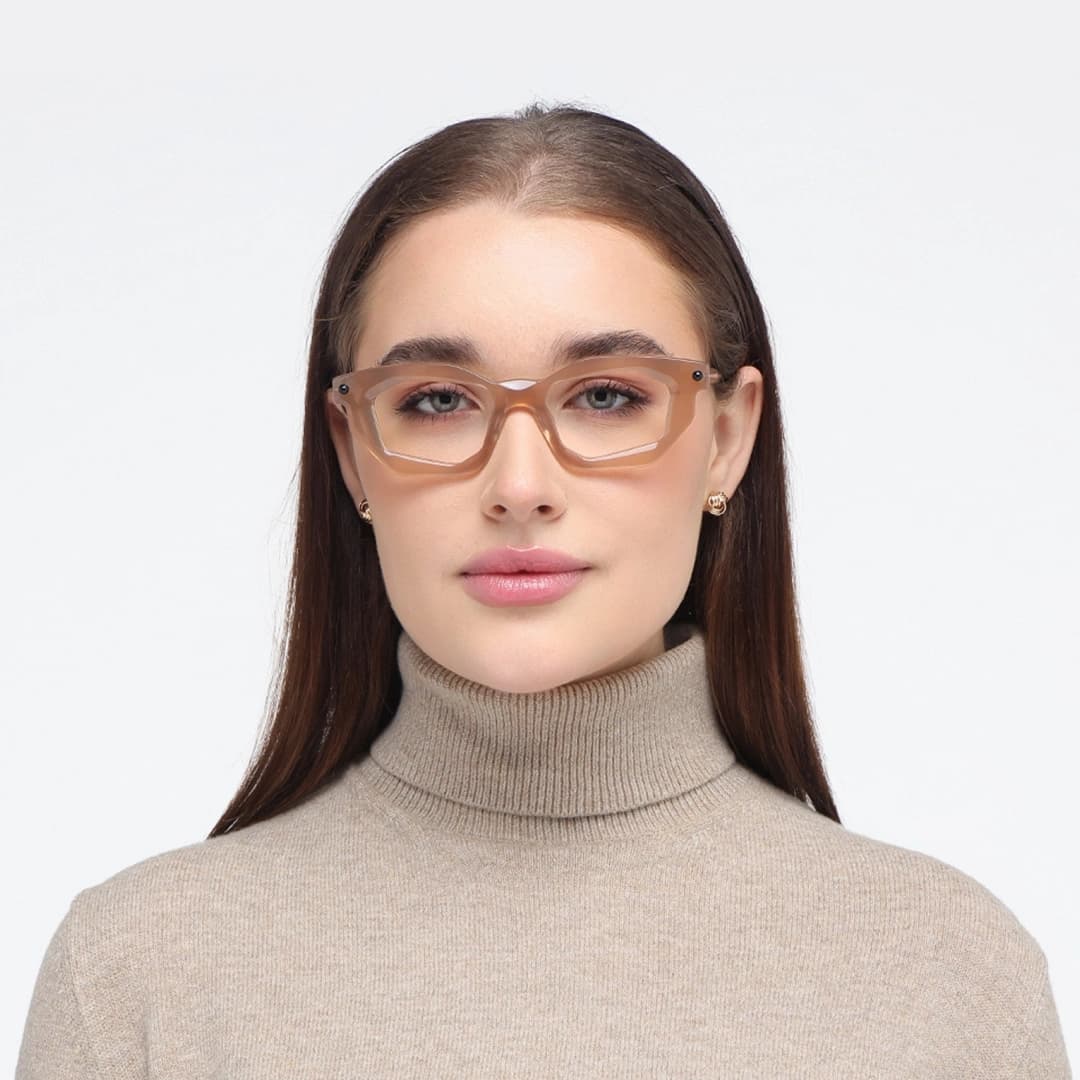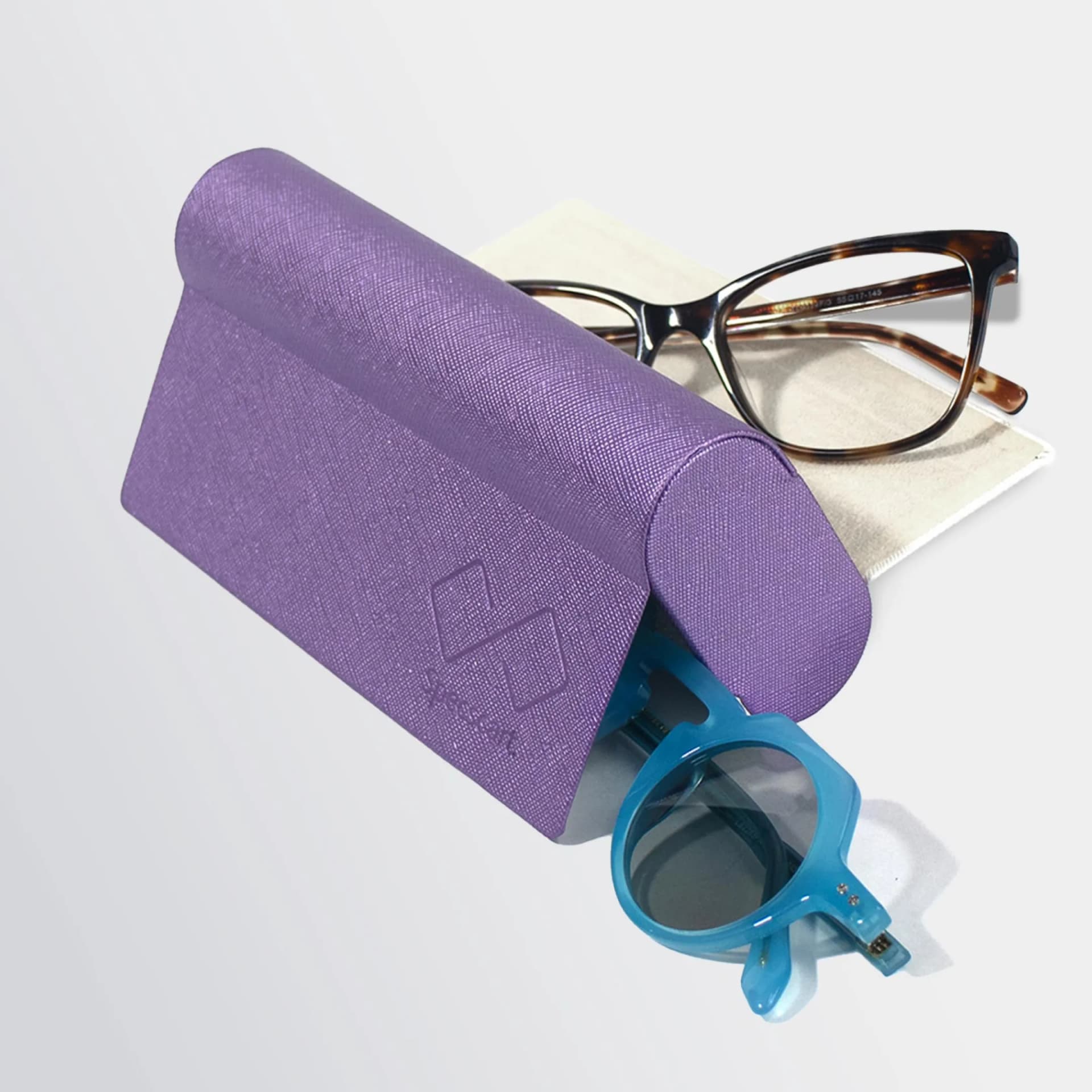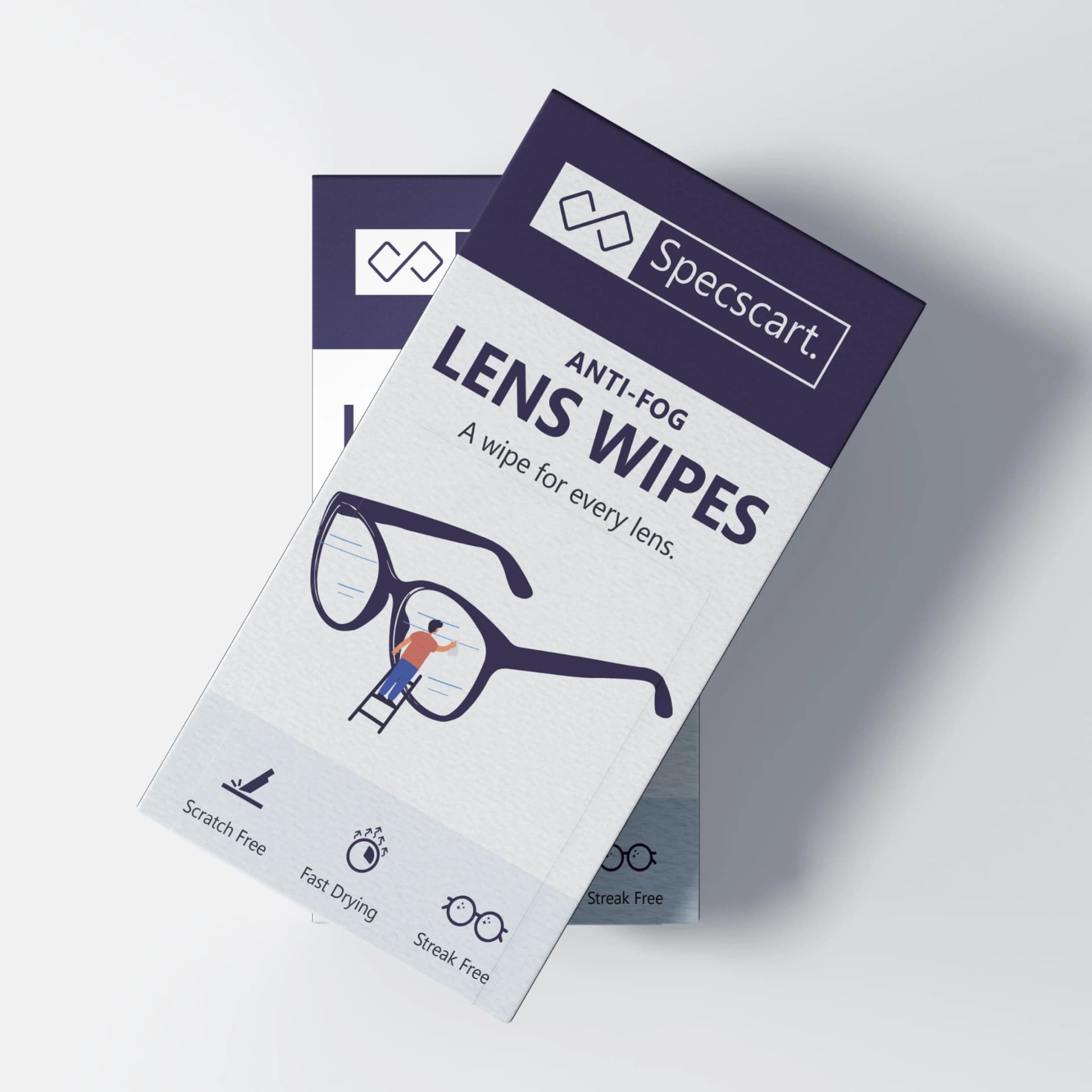Imagine waking up one day and noticing the world looks a bit dimmer, colours aren't as vivid, and everything feels slightly off. Over time, reading becomes more difficult, and driving at night starts to feel risky. While it may seem like a natural part of ageing, these could be early signs of cataracts setting in.
If you are thinking why your vision is changing or what cataracts are, then you are not alone. We’ve gathered the top 10 most-asked questions about cataracts and answered them clearly and simply. From causes and symptoms to treatment and recovery, this guide will help you understand more about this condition. Let’s clear the fog and bring your eye health into sharper focus.
1. What are Cataracts?
Cataracts are one of the common eye problems which happen when the clear lens inside your eye becomes cloudy, making it harder to see. You can imagine looking through a foggy window. Usually, you will find things around blurry, dim, or less colourful. This cloudiness usually develops slowly over time and is most common as people get older, but with today’s lifestyle, it can be seen in youngsters, too. Cataracts aren’t painful, but they can make everyday tasks like reading, driving, or recognising faces more difficult.
2. What Causes Cataracts?
If you are wondering, ‘Are cataracts hereditary?’. Yes, you are right. Many forms of cataracts are passed on through genes. Yet, there are many other cataract causes that you need to know.
Radiation therapy
Sun exposure
Excessive production of oxidants by the body
High doses of medications like Corticosteroids and steroids like prednisone
Advancing age
Diabetes
Nutritional deficiency
Eye trauma or injury
3. What are the Various Cataract Types?
Here are 3 types of cataracts, any of which might become a problem for you.
Nuclear sclerotic cataracts: This is by far the most common kind of cataract that forms with ageing. These cataracts form right in the centre of the lens, i.e., the nucleus.
Posterior subcapsular cataracts: The part of the lens that holds it in place is called the lens capsule. A cataract that forms on the back of this capsule, on the interior, is called a posterior subcapsular cataract. This one is famous because it is quicker to form than the other types of cataracts.
Cortical cataracts: These kinds occur on the cortex, i.e., the external edges of your lenses. They are shaped like wedges. You can detect them with symptoms like being extra sensitive to glare or hazy vision.
4. What are the Risk Factors that Lead to Cataracts?
Here’s a list of some more things that you must know about.
Obesity
High blood pressure
Habit of smoking
Alcohol consumption
Family medical history of cataracts
Inflammation in the eye
Hormone replacement therapy
High myopia
5. How is the Diagnosis Done?
Here’s how cataracts are diagnosed with the help of a comprehensive eye test:
Visual acuity measurement: Determines the extent to which a cataract may be limiting your clear vision.
Refraction test: Helps to check the clarity in vision. It measures how well your eyes refract light to focus on objects at different distances.
Evaluation: Your natural lens is subjected to high magnification and illumination to check for the location and extent of cataracts, if any.
Pressure Measurement: With this test, the intraocular pressure is measured within the eye to see if it falls in the normal range or not.
Eye Structure Exam: A slit lamp exam is used to closely examine the front parts of the eye, including the cornea, iris, and lens. It helps detect cloudiness or opacities in the lens, which are signs of cataracts.
6. Can Cataracts be Treated Without Surgery?
Cataracts cannot be treated without surgery. You can manage its symptoms in the early stages with prescription glasses and other lifestyle changes. However, as cataract develops over time, you will have to go for surgery to treat the condition.
7. How can Cataracts be Treated?
Cataracts are treated through surgery, where the cloudy lens is removed and replaced with an artificial lens. It's a safe and common procedure with high success rates. Different people require different lenses based on their vision needs, such as monofocal, multifocal, or toric lenses, matched to their specific prescriptions.
8. Can Cataracts be Cured by Eye Drops?
No, cataracts cannot be cured with eye drops. While certain drops may help relieve symptoms, they cannot clear or remove the cloudy lens caused by cataracts.
9. Can Eyewear Help After Cataract Surgery?
Yes, your doctor will recommend dark-tinted sunglasses that cover your eyes completely after cataract surgery. Polarised sunglasses can be an even better choice as the purpose is to protect your eyes from bright light for a couple of weeks after the surgery. They also prevent dust or any debris from entering your eyes, as you can’t wash your eyes with water right after surgery.
10. Does Cataract Surgery Give You 20/20 Vision?
Cataract surgery can significantly improve vision, and some people achieve 20/20 vision, too. However, results vary depending on factors like other eye conditions and the type of lens implanted. Glasses may still be needed for some tasks, depending on the lens type that you chose during the surgery.
Wrapping It Up
Cataracts may be a common part of ageing. By understanding the symptoms, treatment options, and preventive care, you can take control of your eye health. Always consult an eye care professional and stay proactive with regular eye checkups. Clear vision starts with clarity of information, and you’ve just taken a strong step toward that.
Caution: You may become style obsessed
Your way finder
2000+ Trendy Styles

Fashion Forward Sunnies




















































